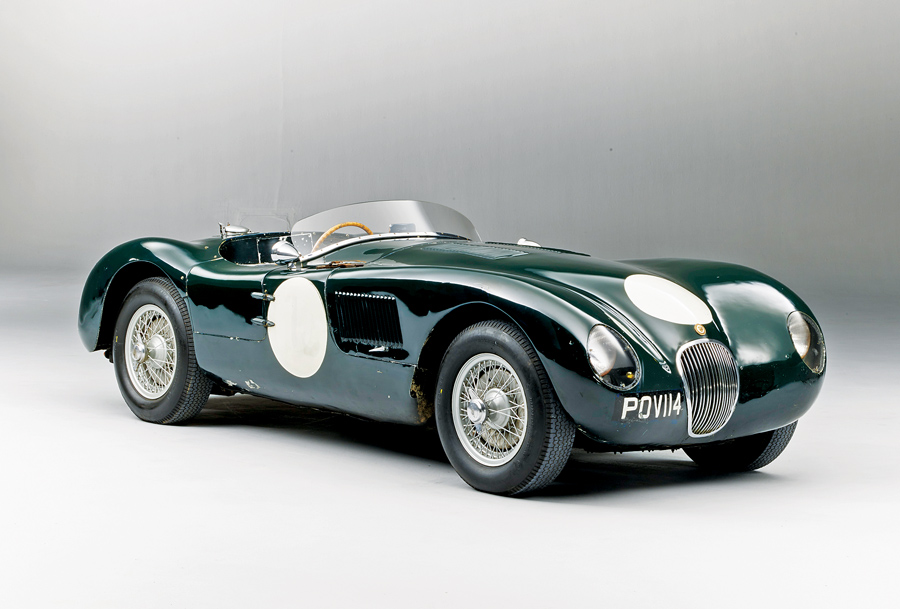Chassis Number: XKC011
This wonderful Le Mans racing Jaguar is one of the most unmolested, highly original, 1950s 24-Hour-race sports cars still surviving anywhere in the world today. It is also much more than “just” a Le Mans 24-Hour race car — it is a Le Mans 24-Hour-race top-10 finisher, and it achieved that feat in the Jaguar C-type model’s greatest Le Mans year — 1953 — when the Works cars finished 1st, 2nd, 4th and 9th overall.
This remarkably conserved Jaguar C-type is offered here 61 years after it was last sold ex-Works by its manufacturer. It is also offered here direct from 53 years in one single, caring, continuous family ownership.
Throughout its long current ownership, it has been consistently preserved and maintained in running order. It has never been circuit-raced within its current ownership, and its last competitive appearance was in a sprint in 1969. It has instead been used only very occasionally for day-to-day touring or specialized Jaguar and historic rally-type events. Most significantly, the car as offered here has survived throughout its long life with hardly anyone really laying an intrusive, meddling, originality-destroying or performance-improving spanner upon it.

